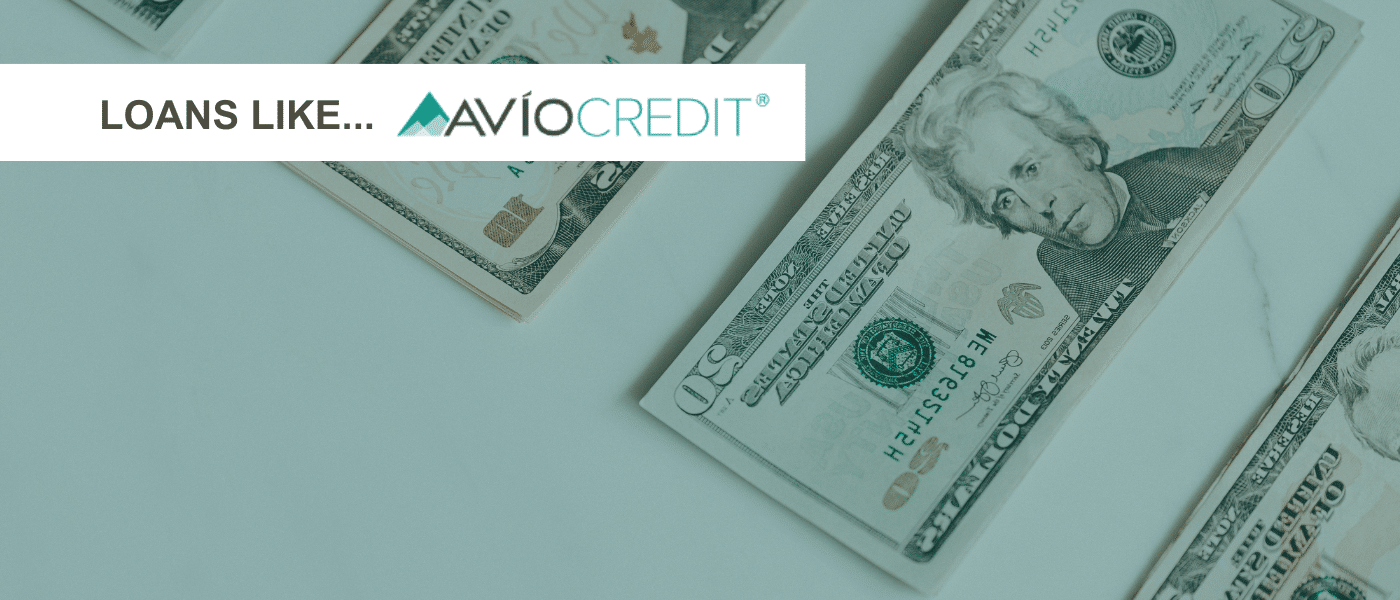A revolving credit account is a beneficial financial tool for borrowers. But what is a good credit limit to have? Learn how lenders determine a borrower’s creditworthiness and when you should request a credit limit increase.
What Is a Credit Limit?
A credit limit, or credit line, is the maximum amount of money a credit card borrower has to spend. With installment loans, a borrower receives a lump sum to spend and repay. A revolving credit account allows the borrower to spend money, repay it, and then borrow funds again. A person’s average credit card limit in the United States is $22,751 across multiple credit cards.
The CARD Act of 2009 allows a borrower to spend more money than their credit limit allows for a small fee, but you must consent first. An over-the-limit fee is typically up to $35 but cannot be greater than the amount you spent. If you spend $30 over your credit limit, the fee cannot be more than $30. Many creditors do not charge over-limit fees, which means any transactions that exceed your credit limit are automatically declined.
How Do Credit Card Issuers Determine Your Credit Limit?
Suppose you are interested in applying for a new credit card. In that case, you may wonder how credit card companies determine credit limits and what is a good credit limit. Your Credit limit depends entirely on your credit score and the information found on your credit report. Credit card issuers will scrutinize your payment history, length of credit history, and debt-to-income ratio.
Payment History
Your payment history is critical because it accounts for 35% of your credit score. You will likely have an excellent credit score if you make all your monthly payments on time. But a single missed payment can decrease credit scores and remain on a credit report for up to seven years from the missed payment date.
Most credit card issuers are wary of working with people that display financially risky behavior. Although you can get approval with missed loan payments, you will likely receive a low credit limit. But you can improve your payment history over time by avoiding late monthly payments.
Length of Your Credit History
Credit card issuers typically only offer higher credit limits to borrowers with a long history of successfully managing financial accounts. You may only get a small credit limit initially if you have a short credit history and decent credit.
You have a thin credit file if you only have a few financial accounts or none. A thin credit file makes it hard for borrowers to get a credit score. If you have unestablished credit, you will have difficulty getting approval for a loan since lenders cannot determine whether you will be a responsible borrower.
Credit Mix and Credit Utilization
Your credit mix is important. For example, a large amount of credit card debt may look like financially irresponsible to lenders. While having a mix of installment loans and revolving credit accounts will look better and improve your credit mix. Remember to keep your debt low. As, having maxed out credit cards and a high balance on an installment loan can prevent you from building a high credit score.
Too much debt signals to lenders that you cannot manage your finances. Ideally, your credit utilization ratio should be lower than 30%. If your ratio is higher, you can struggle to get approval from a credit card issuer or lender despite an average credit score.
How Do Credit Limits Affect Your Credit Score?
Having a low credit limit can be useful—small credit limits prevent borrowers from taking on too much debt. But small limits are a hindrance when a borrower needs money now to finance a large purchase.
Low credit limits can also prevent you from getting a higher credit score. Your credit utilization ratio will be very high if you have a maxed-out credit card. Credit utilization accounts for 30% of your credit score. If you carry a lot of debt, your score will likely decrease. To improve your credit, you can work on paying off your credit card debt and getting a higher credit limit.
How To Calculate Your Credit Utilization Ratio
Calculating your credit utilization rate is easy. First, you will need to know how much your total credit limit is and how much debt you have. Once you know these two figures, divide the total debt balance by the total credit limit. Then multiply the answer by 100 to get your credit utilization rate as a percentage.
Suppose you have one credit card with a $3,500 credit limit and have spent $2,000. Dividing these two amounts results in 0.57, and multiplying the answer by 100 gives you a 57% credit utilization ratio for that card.
How To Get a Credit Limit Increase
What is a good credit limit without enough money to spend on necessities? If you have a high credit utilization rate, you can improve your credit score by increasing your card’s credit limit.
Many credit card issuers automatically raise credit limits after several months of consistent payments. If it’s been months since receiving your initial credit limit and you have yet to get a credit line increase, you can call customer service. Generally, credit card companies grant credit limit increases for the following reasons:
- If you recently got a raise at work
- You have consistently paid on time
- Your credit score has improved
There is nothing to lose by asking for a credit limit increase. Even if you do not get approval, you can ask your creditor how to improve your chances of getting a high credit limit.
Do You Have a Good Credit Limit?
The average credit limit in the United States is $22,751 across multiple credit cards. If your credit limit is low, that doesn’t mean you have a bad limit!
A good credit limit is any amount that allows you to maintain a low credit utilization rate. Suppose you find spending less than 30% of your available credit challenging. In that case, you can try asking your credit card issuer for a credit limit increase. If you cannot secure a higher credit limit now, you can focus on paying down your credit card debt to improve your credit score!
References:
What happens if you try to spend more than your credit limit
What is an average credit card limit?







